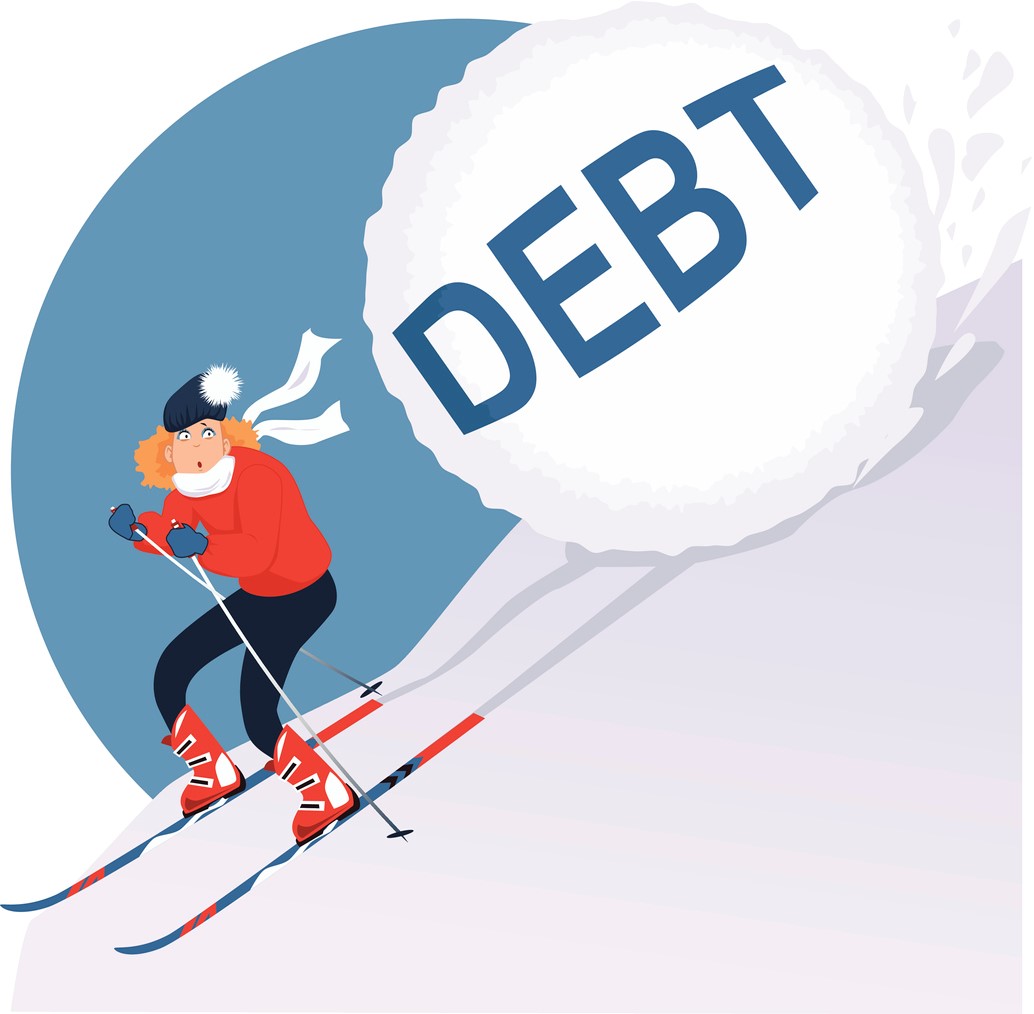Paying off debt can be overwhelming, especially when there’s a lot of it and you’re not sure where to start or what’s going to be more effective with as much (or as little) as you can pay right now. The debt snowball method has become increasingly popular with those who have large amounts of debts and large numbers of individual debts. In a nutshell, it means that you pay minimum required payments in all your debts and throw as much extra money as you can onto your smallest-balance debt first. That way, you can pay that one off more quickly, after which you move to the next smallest debt you have, and repeat, repeat, repeat until you’ve paid all your debts.
Now, not all debt is created equal, and so not all debt should be tackled the same way. So does it always make sense to tackle your debt using the debt snowball method? Not really.
Let’s break it down and see when it makes the most sense to apply the debt snowball method to pay the debt:
1. You have similar-interest consumer debt
We’re talking about your classic multiple credit-card debtors, where you have lots of smaller debt, but they all carry different interest rates. If your interest rates are the same or comparable, then the debt snowball method makes sense – make the minimum payments on all your credit cards and throw all the extra money you have at the smallest total amount. The total amount you would pay doesn’t change a whole lot, but you are still making progress in your overall debt, one card at a time.
2. You get discouraged easily if you don’t see tangible progress
The debt snowball method is all about creating momentum and getting you motivated: it’s helping you prove to yourself that yes, you can pay off your debt one step at a time. Once you pay that first small credit card or loan balance, you will have closed an account. The first one out of all of them. The debt snowball method has been shown to be effective with people that become easily demoralized at the amount of debt they have and might think they can’t pay any of it off. Next thing they know, that momentum (and the liberated minimum payment from that first paid-off debt) is building up and they are making significant progress.
So when does the debt snowball not make sense?
When you have interest rates that are significantly higher than others
For example, credit card debt can often carry rates that are double or triple the interest rate on federal student loans. In that case, regardless of the size, get rid of the highest-interest-rate debt first.
All right…so how do I start? And how is this going to help me in the future?
This is where the Worth Account comes in. It’s a system that helps you stay on track of your debt (including your mortgage) to help you pay it off in the most efficient way possible in the shortest amount of time…with the money you make now. By strategically setting fixed amounts at specific times of the month, your target debt more effectively and pay as little interest as possible over time. That means, more of your money stays in your pocket.
Ready to take control of your future? Contact us for more information.
References:
Credit Solution Program. (2018, May 15). How to Snowball Your Debt the Right Way. Retrieved from https://www.thecreditsolutionprogram.com/snowball-debt-right-way/

